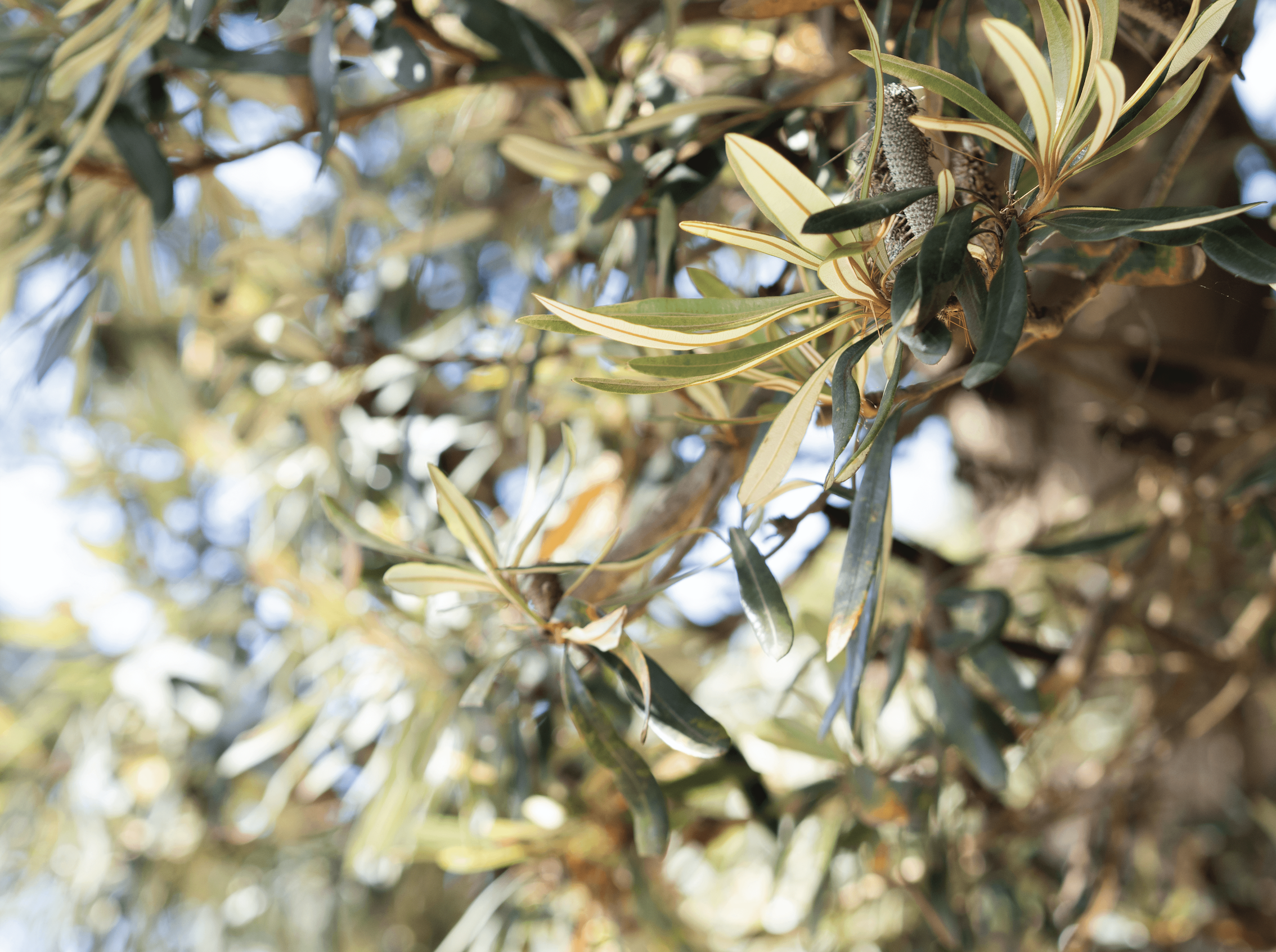
Woodleigh's Dr Richard Owens named Educator of the Year
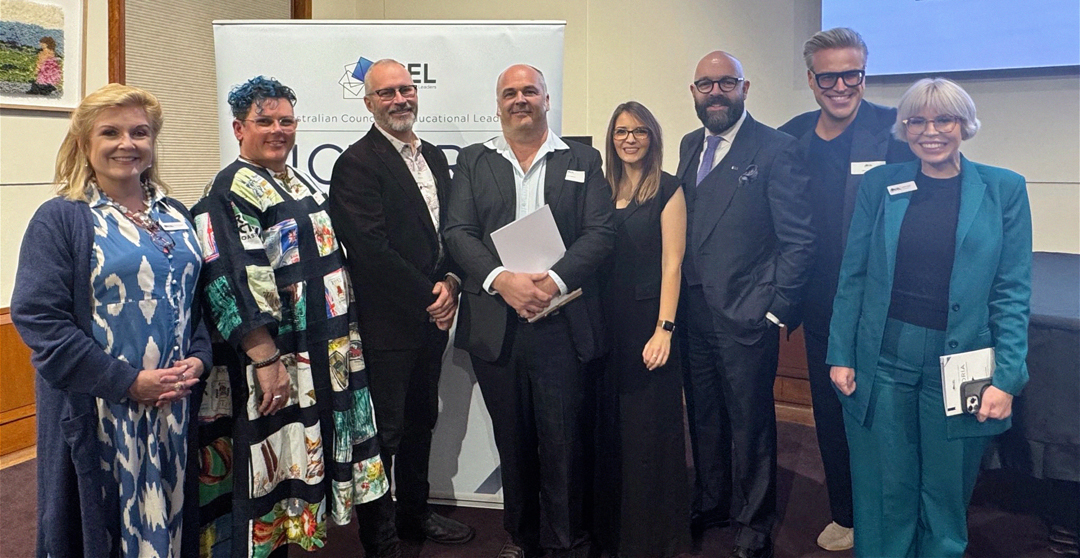
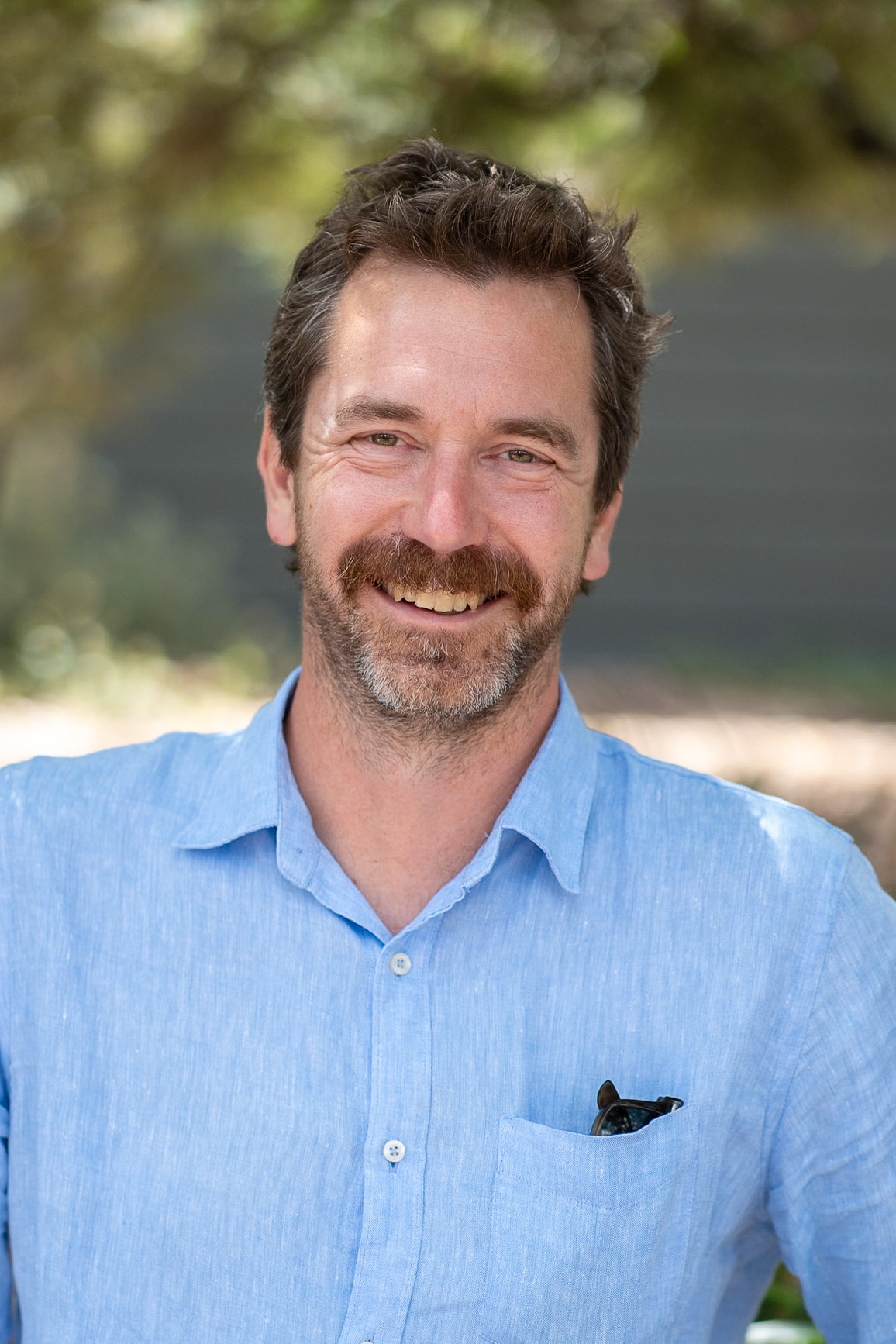
Share this article
Thirty years ago, the Australian Council for Educational Leaders (ACEL) announced the inaugural ACEL VIC Hedley Beare Educator of the Year Award.
Honouring Professor Hedley Beare, a visionary educator whose contributions to education in Australia continue to inspire, the 1995 award recognised the achievements of Woodleigh’s founding Principal, Michael Norman. Hedley’s eponymous award is presented to an outstanding ACEL member who exemplifies excellence in educational leadership and systemic change.
This year, Woodleigh has produced its second winner, Director of the Woodleigh Institute, Dr Richard Owens FRSA.
Recognised for his transformative leadership in education. Richard has pioneered regenerative learning, systems leadership, and real-world education, shaping future-focused learning environments at Woodleigh and beyond. Through initiatives such as the ReimaginED conference series, he has created platforms for global thought leadership, advancing educational transformation.
In his acceptance speech, Richard reflected on the significance of the award: “It is humbling to receive an award named after such an iconic systems leader in Australia.” He also paid tribute to Michael Norman, whose student-centred vision continues to shape the school’s ethos. Richard shared his favourite definition of leadership, attributed to his mentor, Dr Peter Senge: “Leadership is the ability of a community to move towards its preferred future.” This philosophy underpins his work at Woodleigh, where learning is designed around three interdependent dimensions of human development:
- Inner World – personal growth, emotional literacy, and identity]
- Social World – empathy, communication, and relationships
- Outer World – responding compassionately to complex real-world challenges
“Woodleigh is a unique and inspiring place to work. The community’s aspirations for young people are broad and deep, and while this can be challenging, it allows us to collaborate every day to move towards these outcomes.”
As Director of the Woodleigh Institute, Dr Owens has led transformative initiatives in regenerative learning, systems leadership, and real-world education. The Institute was launched as an innovation lab to answer a critical question: “How can we build the capacity of young people to engage with complexity, embrace diversity, and respond compassionately to real-world challenges, while remaining emotionally grounded?”
Under Richard’s leadership, the Institute has partnered with leading universities, contributed to global organisations such as the OECD and IB, and supported educators across Australia, Asia, and North America. One of its most innovative projects is ReimaginED, the travelling festival of learning that fosters dynamic communities of practice across the Asia-Pacific region.
“This award is not just a recognition of individual effort – it is a celebration of these amazing communities of practice.” “The future of education will be shaped not by lone voices, but by collective action.”
Woodleigh School congratulates Dr Owens on this well-deserved recognition and celebrates his ongoing commitment to shaping a future of education that is collaborative, compassionate, and deeply human.
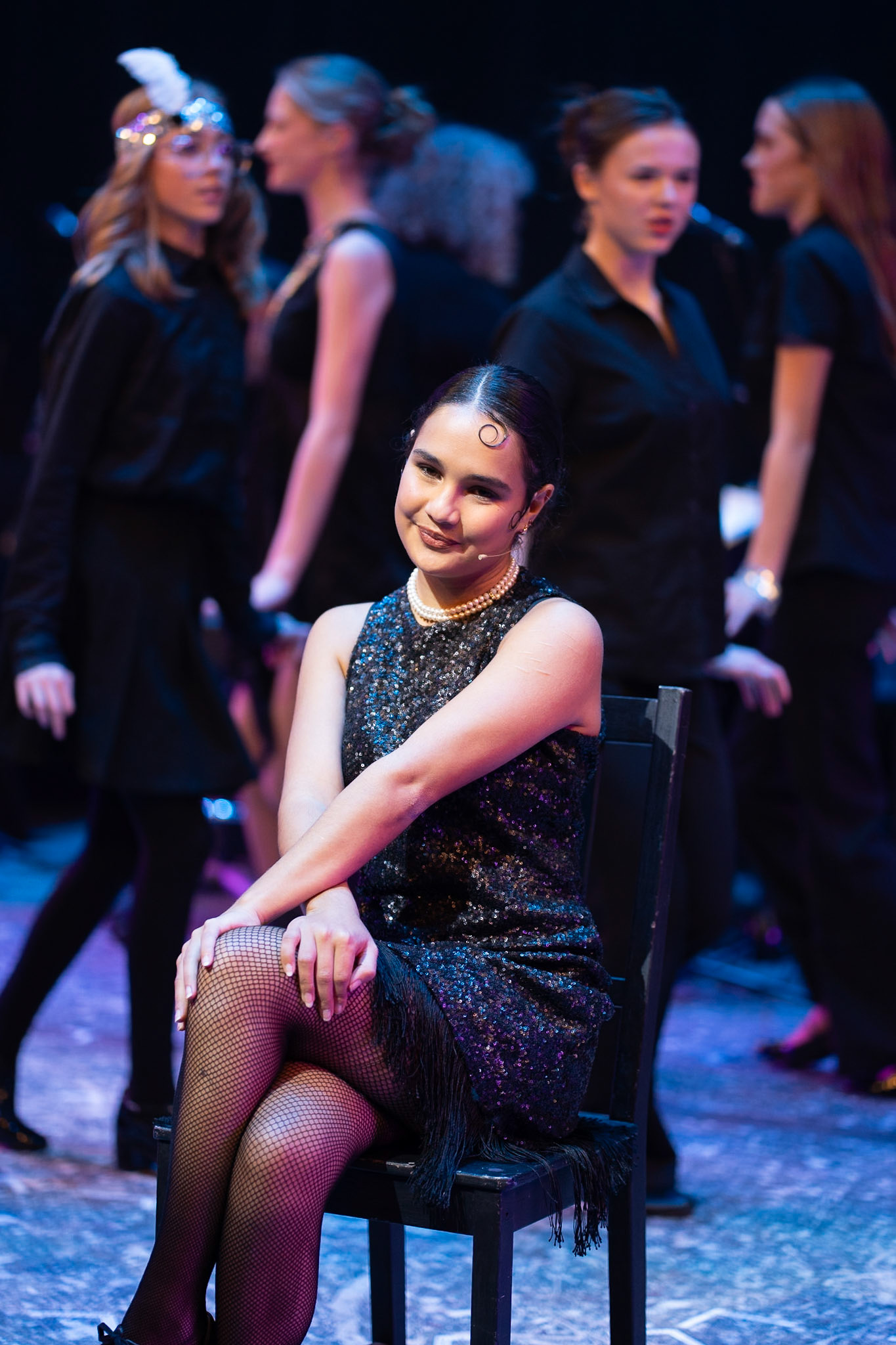
To See, To Hear, To Know!
Here is your up-to-date list of school events and booking links, from junior to senior. Some terms are busier than others, but if it's on - you'll find it here.
Keep reading
More articles from Woodleigh School

And what does it mean for Woodleigh students? Regenerative learning at Woodleigh goes beyond sustainability. Through the Regenerative Futures Program, Year 10 students engage in deep, purposeful learning. Inspired by global thought leaders, this approach offers students a hopeful, actionable path forward, empowering them to become contributors to a flourishing future built on possibility and renewal.
Continue Reading
Hannah Watts is an MYP and VCE teacher at Woodleigh, empowering students to become thoughtful and expressive people.
Continue Reading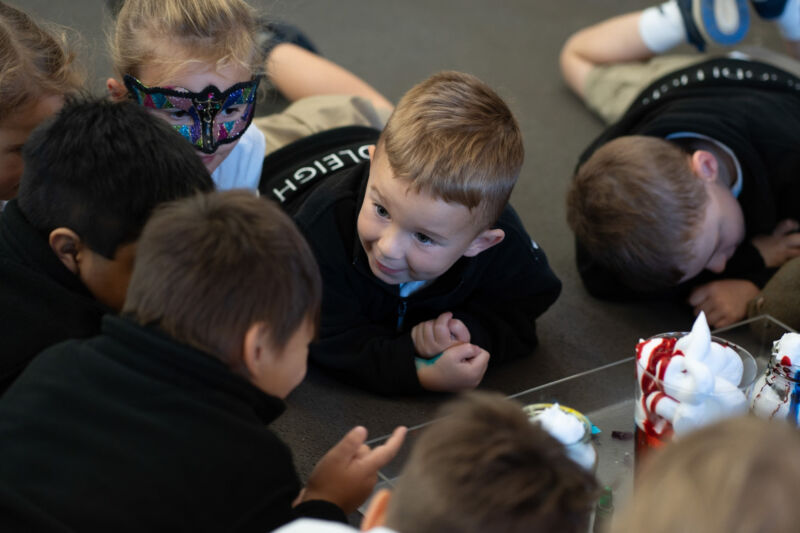
NASA's Divergent Thinking Test was developed to identify the most innovative minds in preparation for the 1969 moon landing. The same test was applied to 5-year-old children, and the results are impressive; they are astounding.
Continue Reading